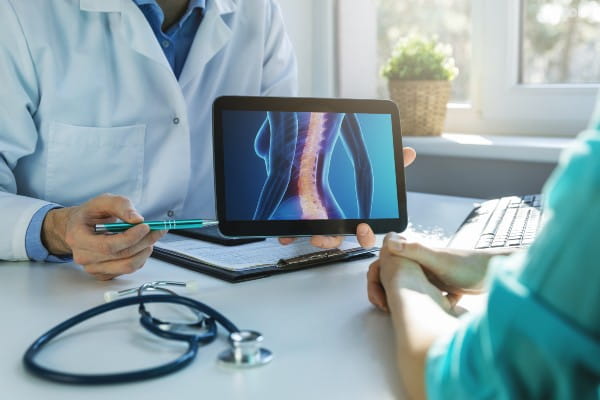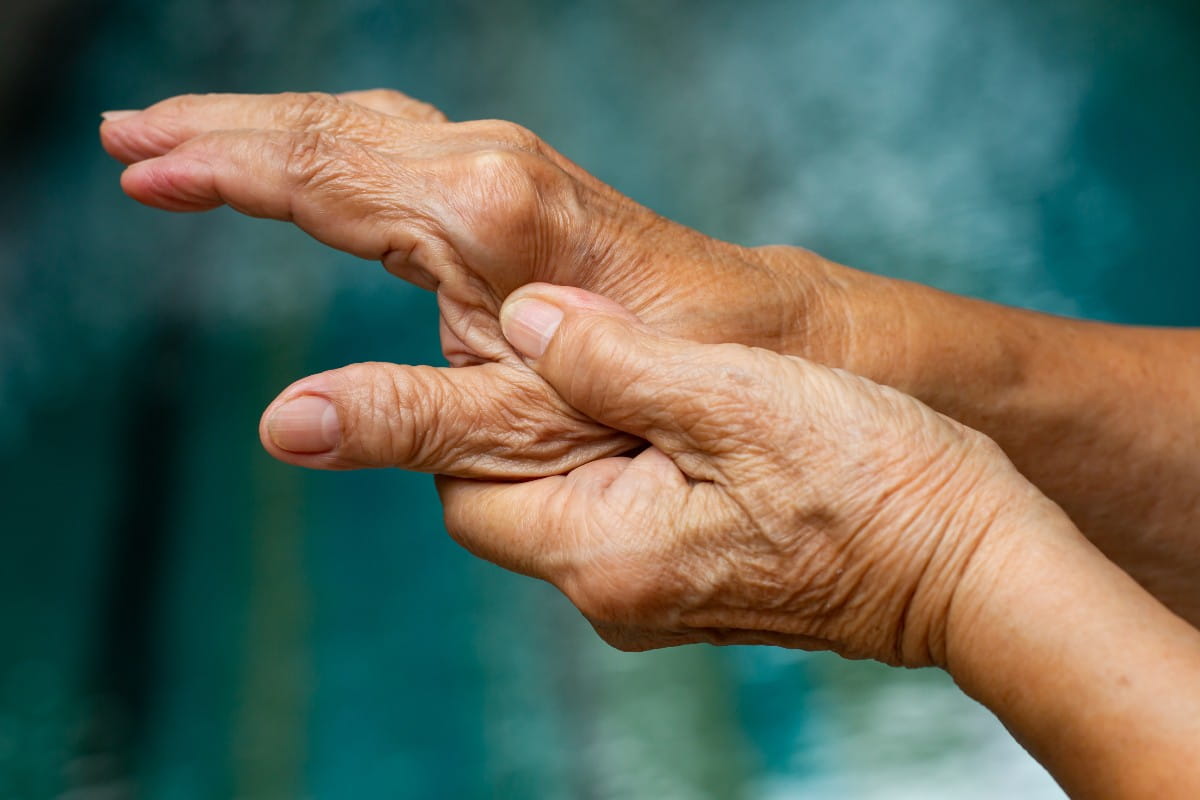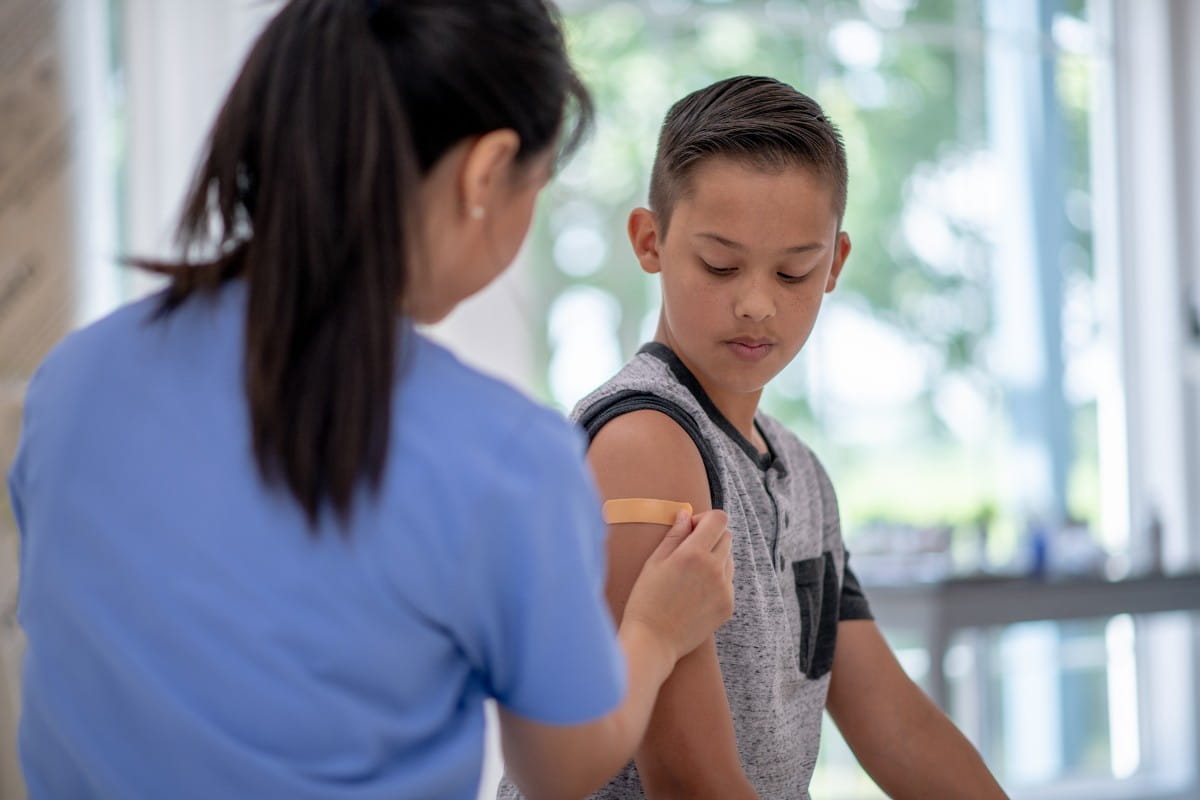What’s the third most common reason people visit their doctor? Back pain. An estimated 80 percent of people worldwide experience back pain at some point in their life, according to the National Institute of Neurological Disorders and Stroke . Degenerative disc disease is a common source of that pain.
What is degenerative disc disease?
With degenerative disc disease, small cushion-like discs between the vertebrae of the back become worn. Normally, healthy discs absorb shock, help the back stay flexible and prevent the bones from rubbing together. When damaged or worn, the discs don’t provide the same type of support.
Don’t ignore the symptoms
Low back and neck pain are the most frequent symptoms of degenerative disc disease. Many people overlook back pain and attribute it to other factors like getting older or working too hard on a house project.
Talking to your doctor about back pain can help determine the cause and get started with a treatment plan.
Pain with degenerative disc disease has some common features:
- Occurs in the neck and low back
- Gets worse with sitting, bending, lifting or twisting Improves with running or walking
- May cause numbness and tingling in arms or legs
“Don’t wait to talk to your doctor about back pain. If you have degenerative disc disease there are treatments that can provide relief and help you avoid damage to your nerves,” says Javier Amadeo, M.D., FAANS, a neurosurgeon with Riverside Hampton Roads Neurosurgical & Spine Specialists.
Diagnosis leads to the right treatment
Your doctor will diagnose degenerative disc disease through an evaluation of your symptoms, medical history and a physical exam. The doctor may also want to review images of your back from a scan or X-ray.
With a clear diagnosis, your doctor can recommend treatment options that will help alleviate pain.
Find relief through treatment
The goals of treating degenerative disc disease is are to reduce pain, maximize mobility and prevent damage to nerves and bones. Treatment options may include:
- Pain medications to reduce inflammation and relieve pain
- Physical therapy
- Surgery
- Corticosteroid injections
A proactive approach works best
When it comes to degenerative disc disease, a proactive approach is the fastest way to find relief and prevent damage. If you’re dealing with back pain, make an appointment with one of our world-class neurosurgical and spine specialists today.



